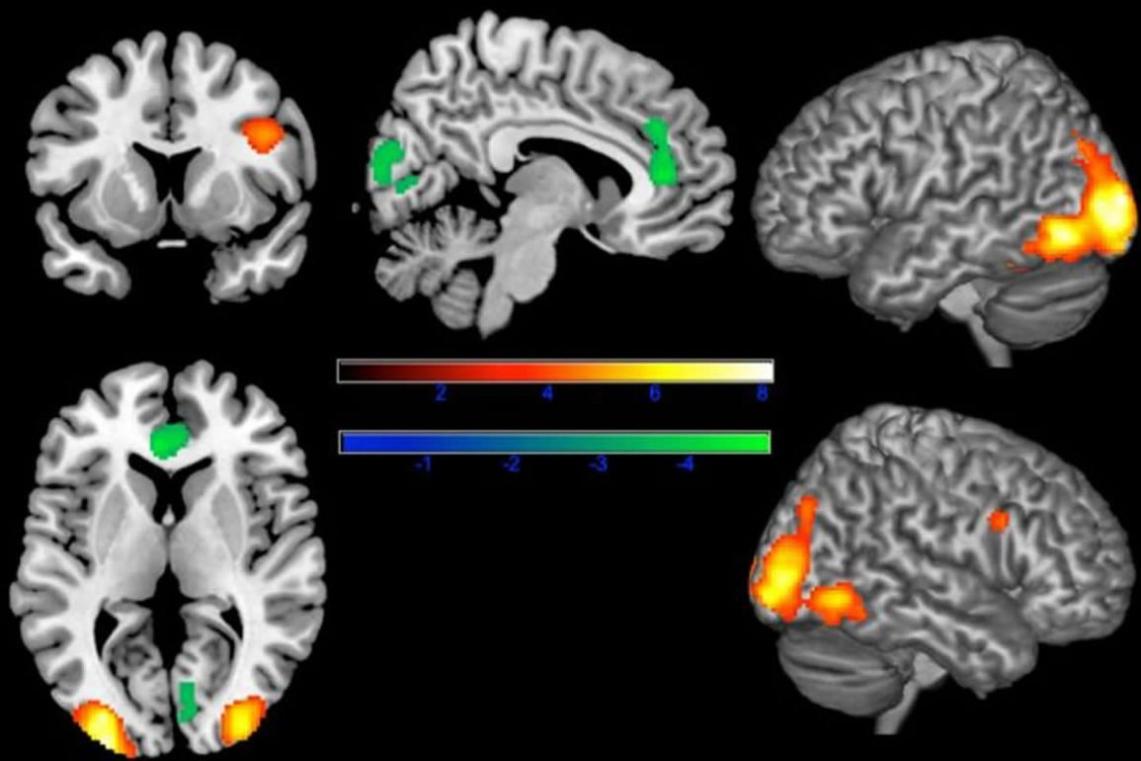What are the Different Parts of the Brain and What Do They Do?
The brain is the control center of the nervous system, responsible for coordinating bodily functions, processing information, and generating thoughts, emotions, and memories. It is an incredibly complex organ, composed of billions of neurons that communicate with each other through electrical and chemical signals. The brain's various regions are interconnected and work together to perform a wide range of tasks.

Major Regions Of The Brain
Cerebrum
The cerebrum is the largest part of the brain, occupying about two-thirds of its volume. It is divided into two hemispheres, the left and right, which are connected by a thick band of nerve fibers called the corpus callosum. Each hemisphere is responsible for controlling the opposite side of the body.
- Functions of the Cerebrum:
- Higher-level cognitive functions, such as planning, decision-making, and problem-solving
- Language comprehension and production
- Motor control and coordination
- Sensory processing, including vision, hearing, touch, and smell
- Memory formation and retrieval
- Emotions and motivation
Cerebellum
The cerebellum is located at the back of the brain, just below the cerebrum. It is responsible for coordinating movement, balance, and equilibrium.
- Functions of the Cerebellum:
- Coordinating muscle movements
- Maintaining balance and equilibrium
- Fine-tuning motor skills
- Learning and adapting to new motor tasks
Brainstem
The brainstem is the connection between the brain and the spinal cord. It controls vital life functions, such as breathing, heart rate, and blood pressure.
- Functions of the Brainstem:
- Regulating breathing, heart rate, and blood pressure
- Controlling sleep-wake cycles
- Relaying sensory and motor information between the brain and the spinal cord
- Coordinating eye movements
Limbic System

The limbic system is a complex network of brain structures involved in emotions, memory, and motivation.
- Functions of the Limbic System:
- Processing emotions, such as fear, anger, and joy
- Forming memories, particularly those associated with emotions
- Motivating behaviors, such as hunger, thirst, and sex
- Regulating the release of hormones
Functions Of Specific Brain Structures
Frontal Lobe
The frontal lobe is located at the front of the brain, behind the forehead. It is involved in higher-level cognitive functions, such as planning, decision-making, and problem-solving.
- Functions of the Frontal Lobe:
- Planning and decision-making
- Problem-solving and reasoning
- Language production and comprehension
- Motor control and coordination
- Personality, social behavior, and moral reasoning
Temporal Lobe

The temporal lobe is located on the sides of the brain, above the ears. It is involved in auditory processing, language comprehension, and memory formation.
- Functions of the Temporal Lobe:
- Processing auditory information
- Understanding spoken language
- Forming and retrieving memories
- Recognizing faces and objects
- Music appreciation
Parietal Lobe
The parietal lobe is located at the top of the brain, behind the frontal lobe. It is involved in processing sensory information, such as touch, temperature, and spatial awareness.
- Functions of the Parietal Lobe:
- Processing sensory information, such as touch, temperature, and pain
- Interpreting spatial relationships
- Integrating sensory information to form a coherent perception of the world
- Attention and awareness
- Mathematical abilities
Occipital Lobe
The occipital lobe is located at the back of the brain, behind the parietal lobe. It is responsible for processing visual information.
- Functions of the Occipital Lobe:
- Processing visual information, such as shapes, colors, and movement
- Recognizing objects and faces
- Interpreting visual scenes
- Spatial orientation
- Visual memory
The brain is an incredibly complex organ that plays a vital role in our ability to think, feel, and act. The different parts of the brain work together to perform a wide range of tasks, from controlling basic bodily functions to processing complex information. Ongoing research in neuroscience is不断地 revealing new insights into the brain's structure and function, providing a better understanding of how this remarkable organ enables us to experience the world around us.
YesNo

Leave a Reply